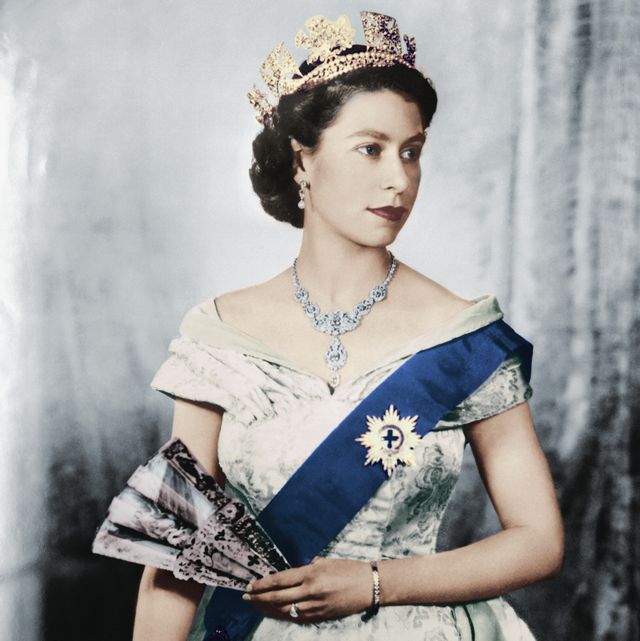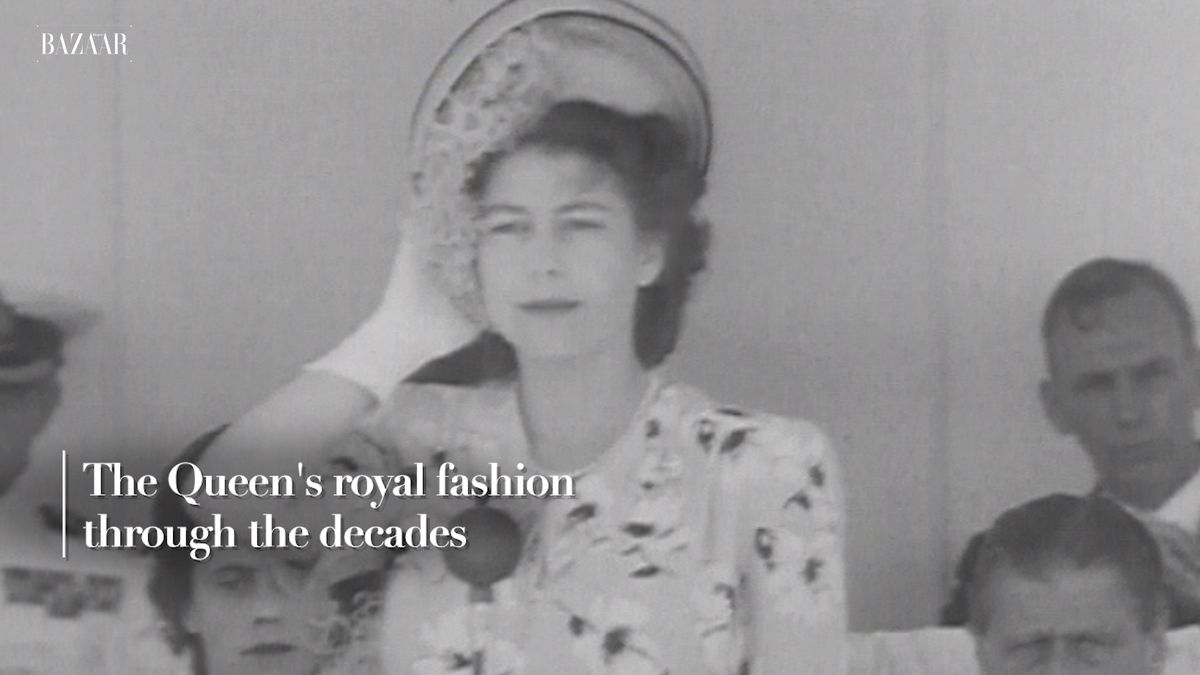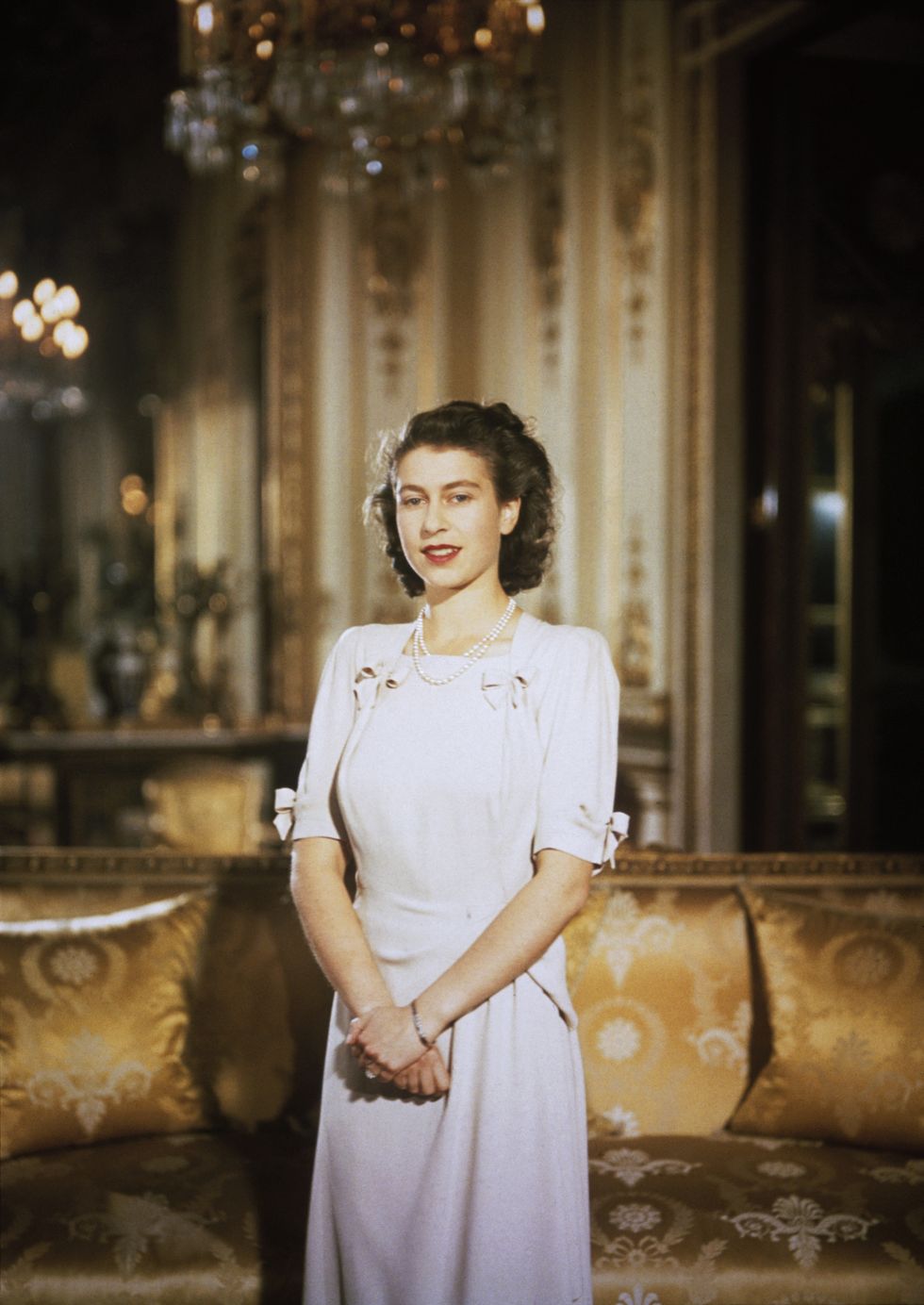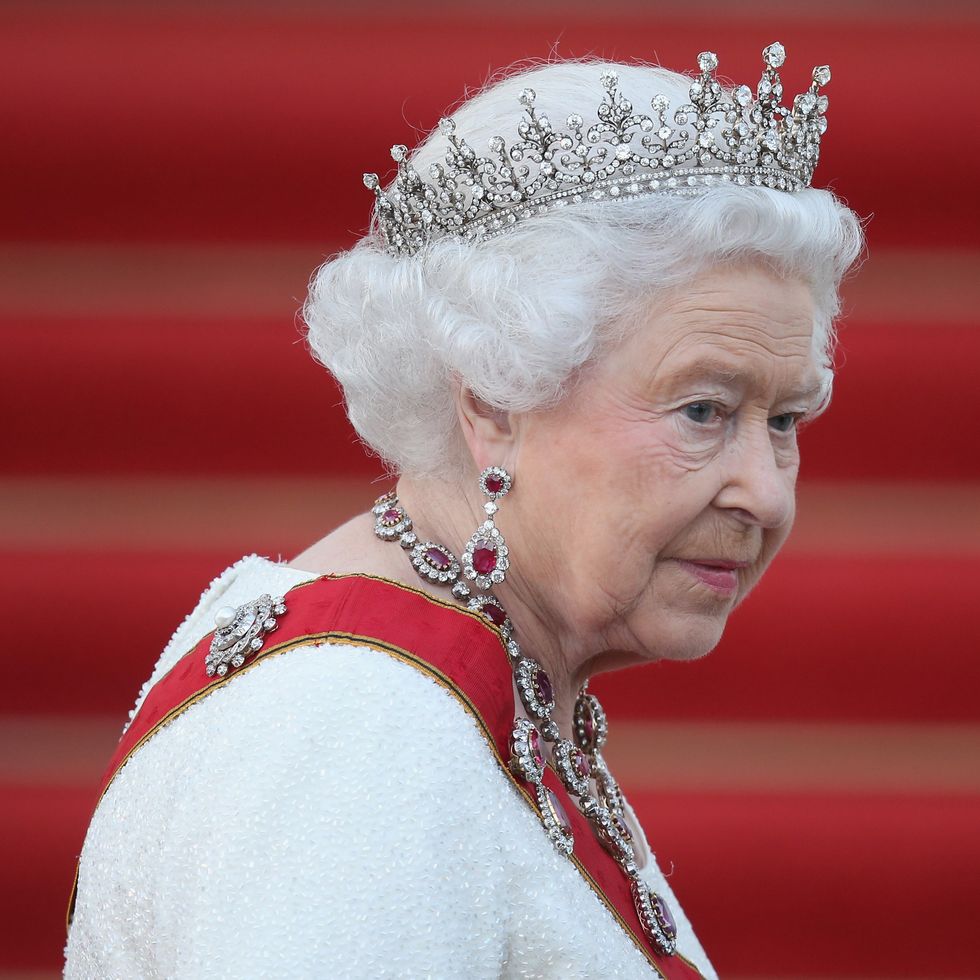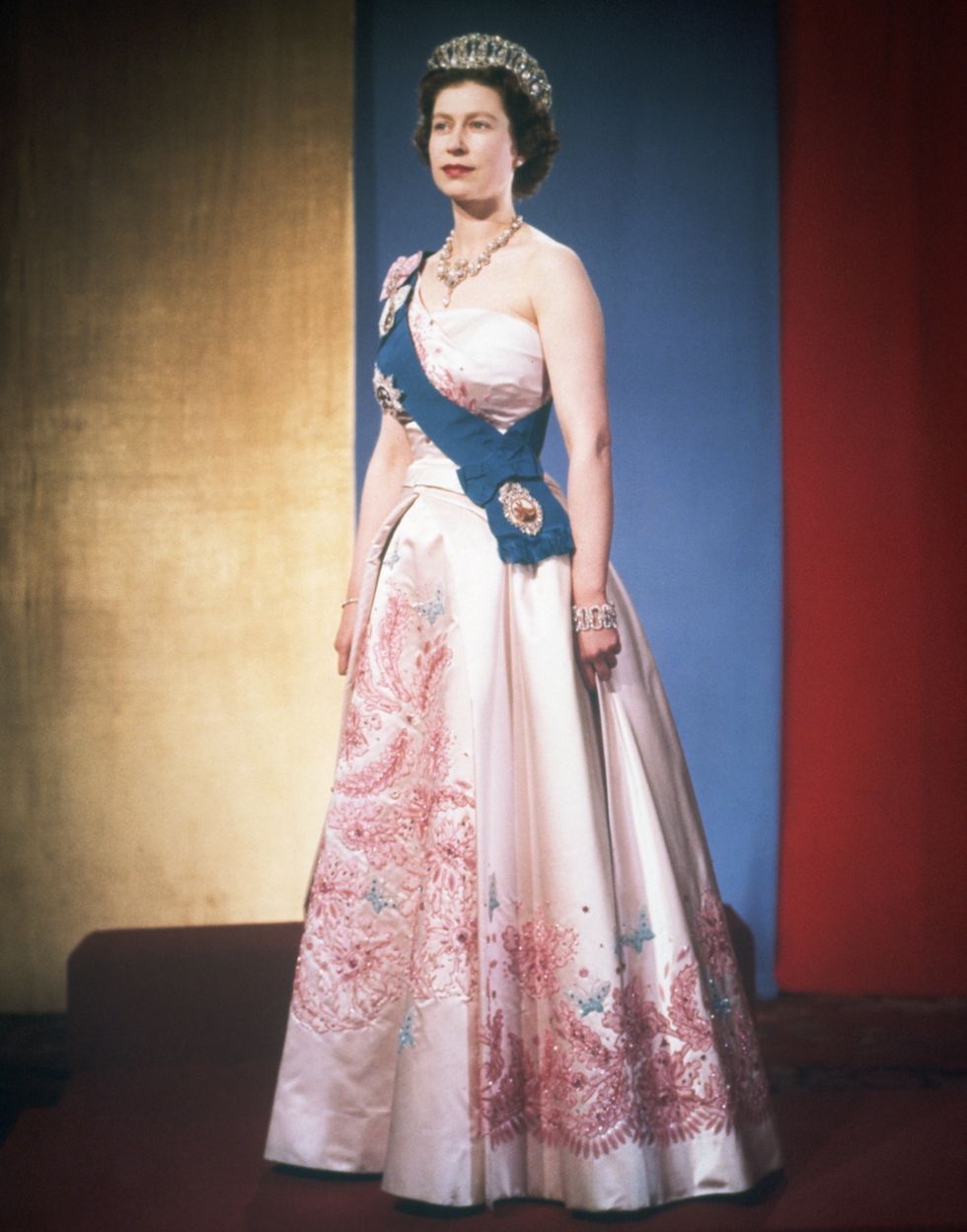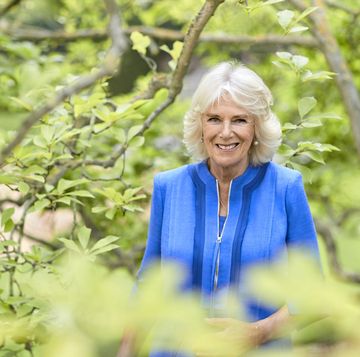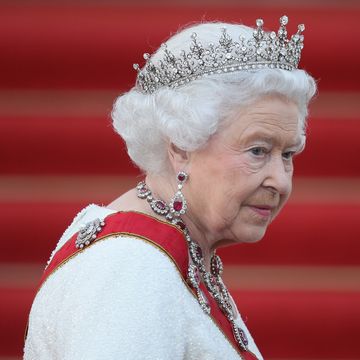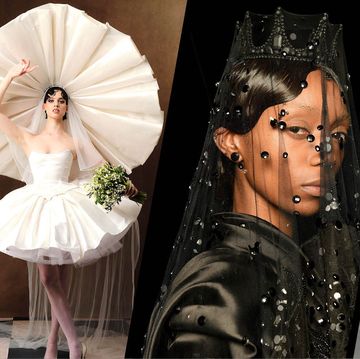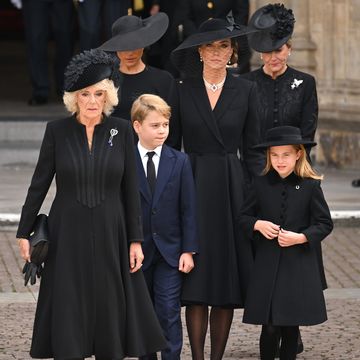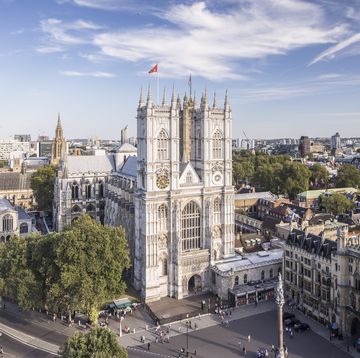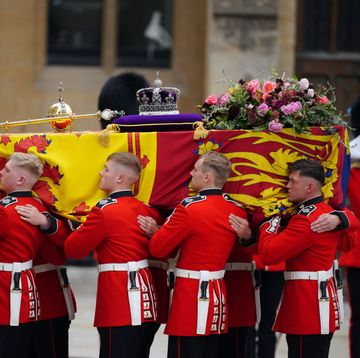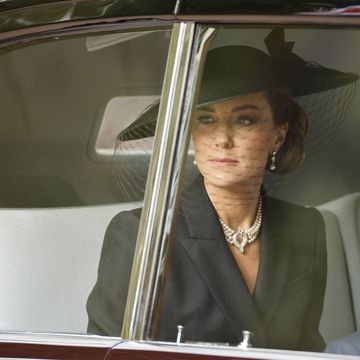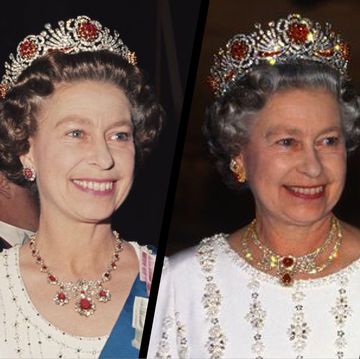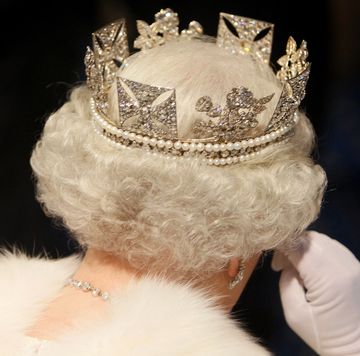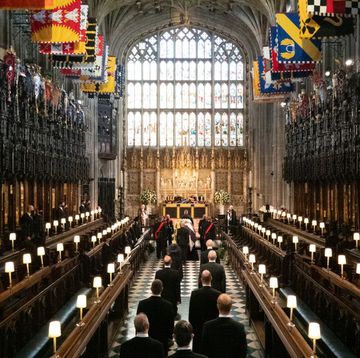On the anniversary of her death, we revisit this feature by historian and biographer Jane Ridley published on Queen Elizabeth II's passing, which explored how she and her incredible reign will be remembered by history.
The late Queen Elizabeth II will come to be seen as a figure of major historical significance, celebrated for her dedicated public service. In a reign stretching over 70 years, she provided leadership, continuity and a focus for national unity.
Elizabeth was not expected to become queen. Born the eldest child of the Duke of York in 1926, she was third in line to the throne, but most people thought that her uncle Edward, Prince of Wales would marry and produce an heir. Though her upbringing at 145 Piccadilly was hardly ‘normal’, the young princess was brought up out of the public eye. The abdication of Edward VIII transformed her life, however. Her father, the stammering Duke of York, succeeded his brother as George VI, and the 10-year-old Elizabeth became heir to the throne.
Unlike many other royal children, Elizabeth enjoyed a happy childhood. Her father had been bullied by his father King George V, and he was determined not to do the same to his daughters. The royal family, consisting of Elizabeth, her younger sister Margaret and her parents, formed a tightly bonded group that the king called ‘Us Four’. Some thought that Elizabeth’s education was neglected, but the confidence that she gained from her secure childhood was more important than history lessons in preparing her for the throne.
World War II, which Elizabeth spent at Windsor with Margaret, was another formative experience. Elizabeth shared in the austerity of the wartime generation, and she witnessed the nation joining forces behind the King and Queen. Bringing people together to help others was something that she championed throughout her reign.
The pledge she made on her 21st birthday in South Africa in 1947 – that "my whole life, whether it be long or short, shall be devoted to your service" – shows astonishing assurance and self-knowledge. She could not have foreseen how long her life was to be, but she remained true to this idea of service throughout the years of her reign.
Acceding to the throne aged 25 on the unexpected death of her father in 1952, Elizabeth was in Churchill’s words, "only a child". She took easily to her new role. "I have lost all my timidity somehow becoming the Sovereign," she declared.
She was supported by her husband Philip, Duke of Edinburgh, who played the part of consort to perfection, always walking two steps behind his wife, and breaking the ice with his unexpected comments. Behind the scenes, he gave her unstinting advice and support – as Elizabeth herself acknowledged, she owed him a debt "greater than we shall ever know".
Elizabeth inherited a cipher monarchy. She was head of state, but without parliament’s advice she could neither call an election nor appoint a government. One of her greatest achievements was to reinvent the sovereign’s role. Through her weekly audiences with the prime minister, she became a valued source of wisdom and the keeper of many secrets. She was a political figure, but she was apolitical and above party. She rarely addressed the public, and she never gave interviews, but she was constantly visible, one of the most photographed people in the world. As she once joked: "I have to be seen to be believed."
The monarch she resembled most was Queen Victoria, her great-great-grandmother. Both queens were long-lived. Victoria was the longest-reigning British sovereign, with 63 years on the throne until she was overtaken by Elizabeth in 2015. Both won the respect of a male-dominated political elite, but neither of them had much time for feminism or women’s rights.
For both Victoria and Elizabeth, the hardest thing was how to reconcile the roles of wife and mother with their duties as sovereign. After the death of her husband Prince Albert in 1861, Victoria retreated into mourning. Known as the Widow of Windsor, she wore black until her death 40 years later and refused to appear in public. Elizabeth enjoyed a strong marriage to the Duke of Edinburgh, who died last year aged 99, but three of her four children were divorced.
By temperament a conservative (small c), Elizabeth disliked change. She reluctantly agreed to the making of the film Royal Family (1969), which sought to modernise the monarchy by showing the royals as ‘normal’ like any other family (which of course they were not). The film attracted record viewing figures until it was hastily withdrawn, and it has never been screened since. But the damage had been done. If the royals themselves were prepared to reveal their private lives to the public, there was no stopping the press from invading their privacy, letting in the daylight upon the magic of monarchy.
The real danger came from within. The Queen’s so-called annus horribilis of 1992 was caused by the very public collapse of the marriage of Prince Charles and Princess Diana, aggravated by an intrusive tabloid press. This was one of the worst crises faced by the Queen during her reign; even more challenging was the tragic death of Diana in 1997. In managing both catastrophes, Elizabeth showed courage and leadership – as she did in her handling of Megxit, the upset caused by the Duke and Duchess of Sussex quitting their roles as working royals.
Reform of the monarchy has usually been driven by crisis. WWI, the Russian Revolution and the fall of Tsar Nicholas II triggered the rebranding of the dynasty in 1917, when Elizabeth’s grandfather George V dropped the German surname of Saxe-Coburg Gotha and changed the family name to Windsor. In the same way, the death of Diana led to an understanding that the monarchy must move closer to the people, as Diana had urged. When the Queen visited a school or a hospital, she spent time with the children or the patients, not with the teachers and the doctors.
Yet the monarchy remained largely unchanged. Elizabeth II stood still while the world around her changed at bewildering speed. How the monarchy not only survived but prospered in the post-imperial world of the 20th century, where the social deference that had underpinned it had vanished, remains a puzzle. In the last two decades of her reign, the Queen enjoyed record-breaking personal popularity ratings of over 80 per cent. She continued to work full-time well into her nineties.
Many people said that they respected the Queen as an individual but questioned the relevance of the institution of monarchy. Republicans declared their support for the nonagenarian monarch, praising her dedication to duty. By the end of her reign, criticism of the Queen was unthinkable. She had become the most popular monarch Britain had ever known – almost a mythological figure.
Jane Ridley’s latest book is ‘George V: Never a Dull Moment’, a biography of the Queen’s grandfather.
